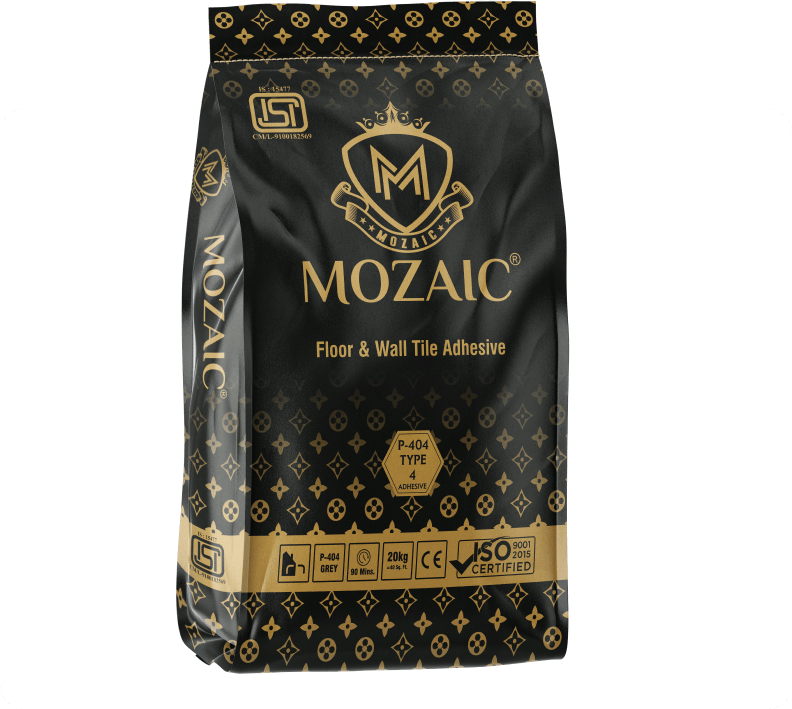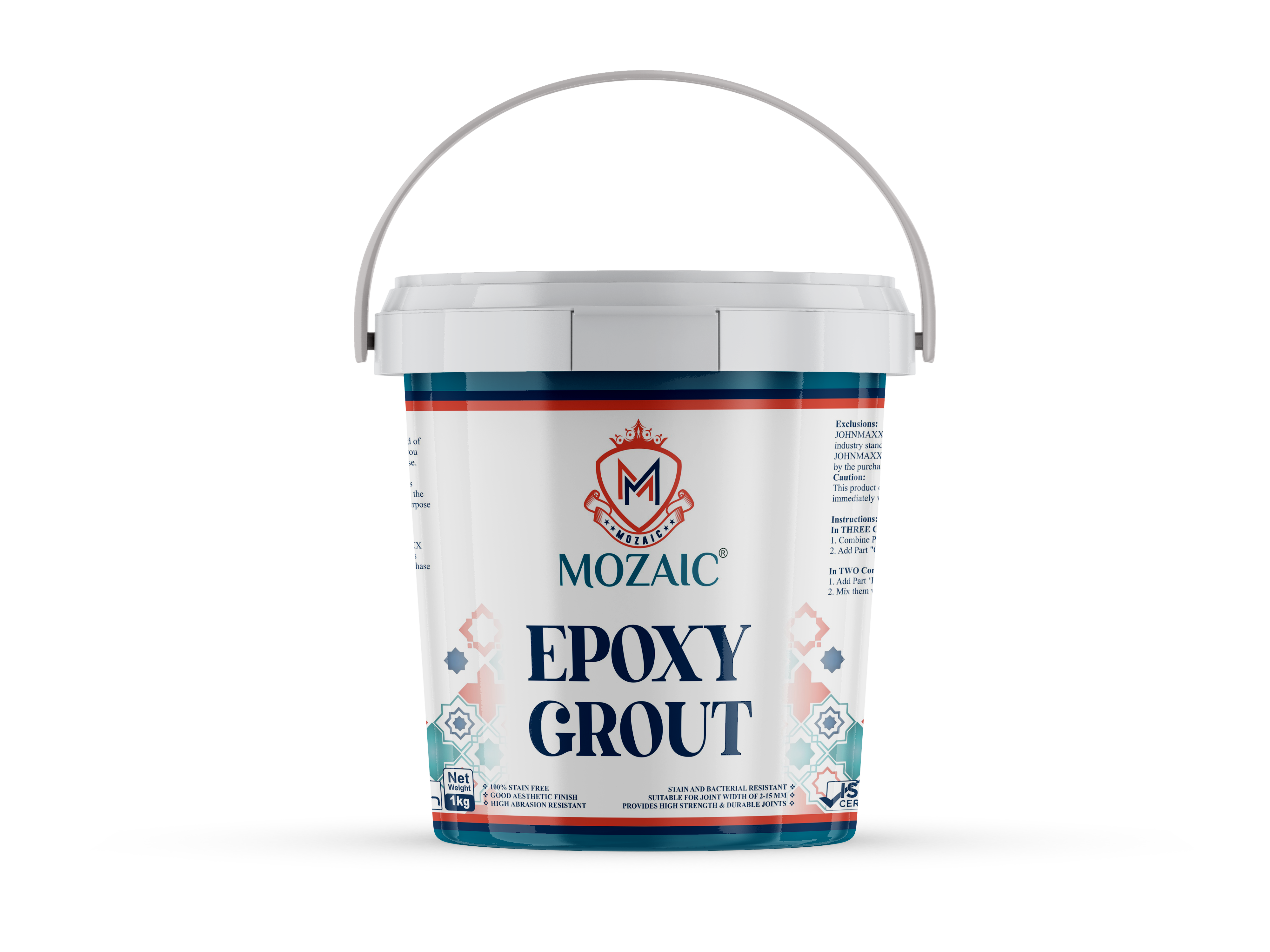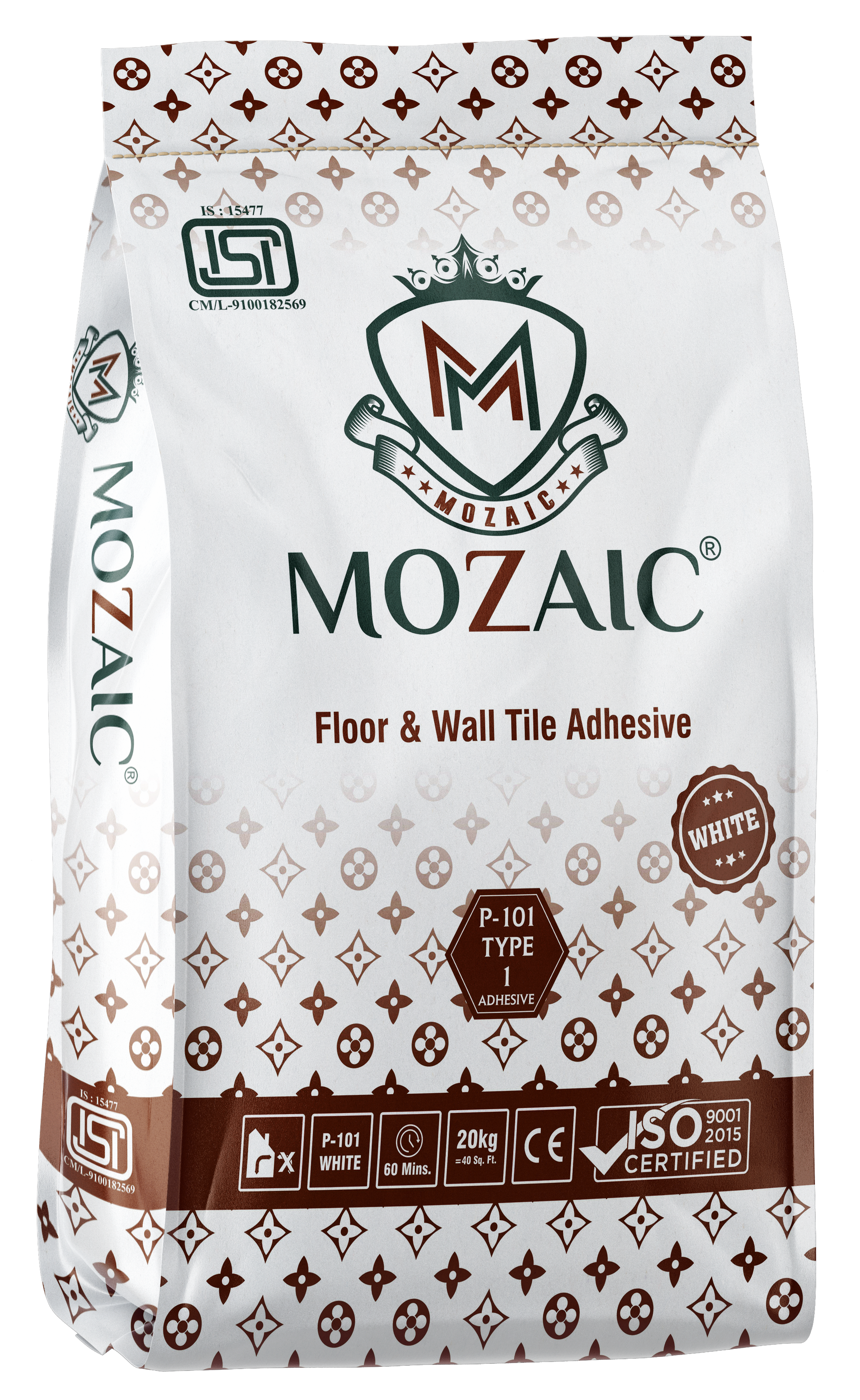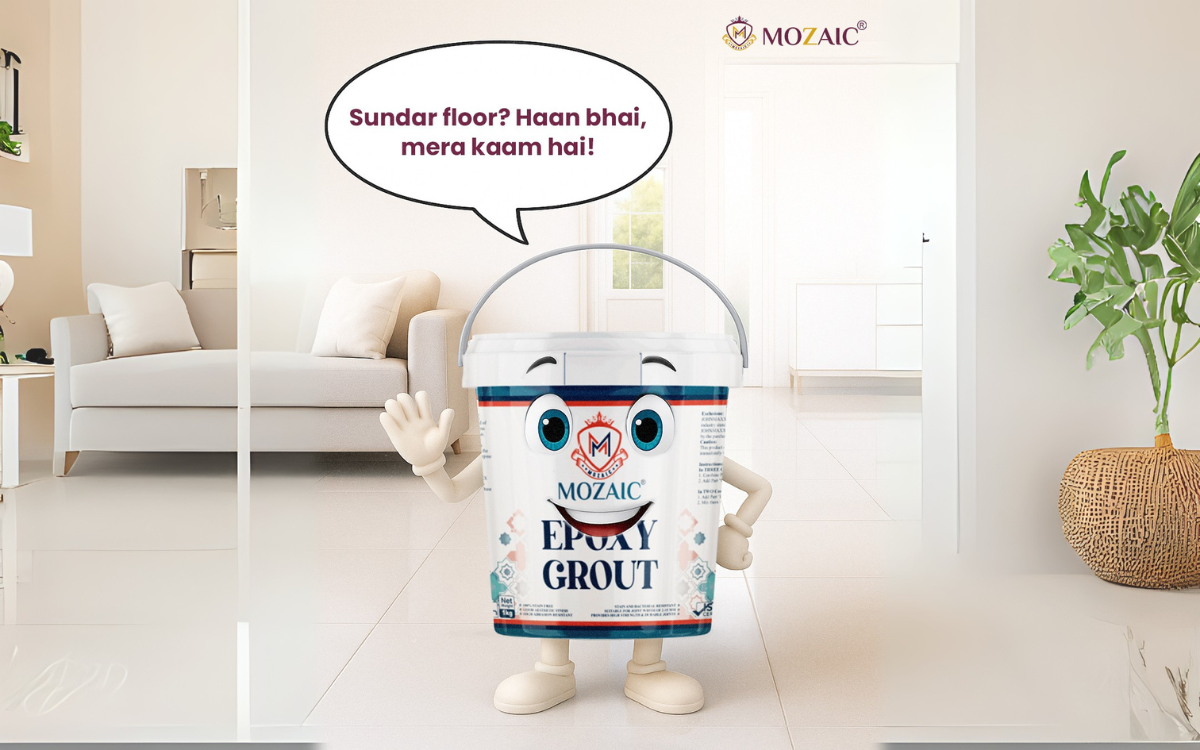Surface preparation is an essential step in any painting or coating task, whether it is for industrial machinery, residential walls, or inventive canvases. At the heart of this technique lies the primer—a seemingly easy but fundamental aspect that considerably influences the outcome of the coating application.
In this blog, we look for the role of primers, exploring their function, types, application strategies, and the importance of selecting the proper primer for specific surfaces.
What is a primer?
A primer is a preparatory coating applied to substances before painting. Its number one feature is to create a strong and adherent base for subsequent layers of paint or coating. Think of it as the inspiration of a building—the quality and integrity of the foundation affect the entire structure above it. Similarly, the quality nature of a primer without delay impacts the durability, look, and longevity of the paint or coating that follows.
The Role of Primers
Promoting Adhesion: One of the essential roles of a primer is to promote adhesion between the substrate (the surface being painted) and the paint or coating. Substrates range extensively—from steel and wood to concrete and drywall—and each requires a particular kind of primer tailored to its characteristics.
Sealing and Smoothing: Primers additionally act as sealers, filling in small imperfections consisting of pores and hairline cracks in the substrate. This smoothing effect no longer most effectively complements the cultured end but additionally prevents moisture and different contaminants from reaching the substrate, thereby prolonging its lifespan.
Enhancing Durability: By offering a uniform surface for paint or coating utility, primers help enhance the sturdiness of the end. They create a barrier that shields the substrate from environmental elements like UV radiation, humidity, and temperature fluctuations, which can, in any case, cause untimely deterioration.
Improving Appearance: Certain primers are formulated to enhance the color richness and uniformity of the topcoat, mainly while transitioning from a darkish to a mild color or vice versa. This ensures that the final paint or coating achieves its intended hue and gloss degree.
Types of Primers
Primers are available in diverse formulations to meet unique substrates and venture requirements.
- Oil-Based Primers: These primers are ideal for blocking stains, tannins, and different floor contaminants. They offer wonderful adhesion and are typically used on timber and steel surfaces.
- Latex or Water-Based Primers: Environmentally friendly and smooth to apply, water-based primers are suitable for drywall, plaster, and formerly painted surfaces. They dry quickly and emit fewer risky organic compounds (VOCs).
- Shellac-Based Primers: Known for their terrific stain-blocking properties and adhesion, shellac-primarily based primers are powerful on difficult surfaces such as knots in wood and water stains.
- Epoxy Primers: Used ordinarily on metallic surfaces, epoxy primers offer superior corrosion resistance and chemical resistance. They are frequently carried out in business settings in which sturdiness is paramount.
- Acrylic Primers: These flexible primers work nicely on both interior and outdoor surfaces, imparting excellent adhesion and resistance to moisture.
Application Methods
Achieving the desired consequences from a primer entails more than just choosing the right type; it additionally requires proper utility techniques.
- Surface Preparation: Clean the surface very well to put off dirt, grease, and loose debris. Depending on the substrate, this could involve sanding, degreasing, or etching.
- Primer Selection: Choose a primer that fits the substrate and the kind of paint or coating you propose to apply. Consult with an expert if unsure.
- Application Tools: Use brushes, rollers, or sprayers suitable for the primer type and the size of the undertaking. Follow producer suggestions concerning thinning, drying instances, and environmental conditions.
- Coverage and Drying: Apply the primer frivolously, ensuring good enough insurance without over-software. Allow enough drying time before making use of the topcoat to ensure the right adhesion and performance.
The Importance of Choosing the Right Primer
Selecting the proper primer is critical for the fulfillment of any painting or coating project. Consider the subsequent elements while deciding on a primer:
- Substrate Compatibility: Ensure the primer is compatible with the substrate fabric to promote adhesion and prevent issues such as peeling or bubbling.
- Environmental Conditions: Choose a primer that can face up to the environmental situations of the software place, whether or not it’s high humidity, extreme temperatures, or exposure to UV radiation.
- Topcoat Compatibility: The primer needs to be well suited to the form of paint or coating you intend to use over it. This compatibility guarantees an unbroken transition and complements the overall performance of the machine.
Conclusion
Primers play an important role in floor guidance by enhancing adhesion, sturdiness, and the classy exceptionalism of paint and coatings. By knowing their functions, kinds, and application techniques, you could make informed choices that contribute to the success and longevity of your projects.
Whether you are tackling a DIY residential development project or overseeing a huge-scale industrial mission, making an investment in brilliant primers and applying them successfully can pay dividends in the form of a professional end that stands the test of time.





